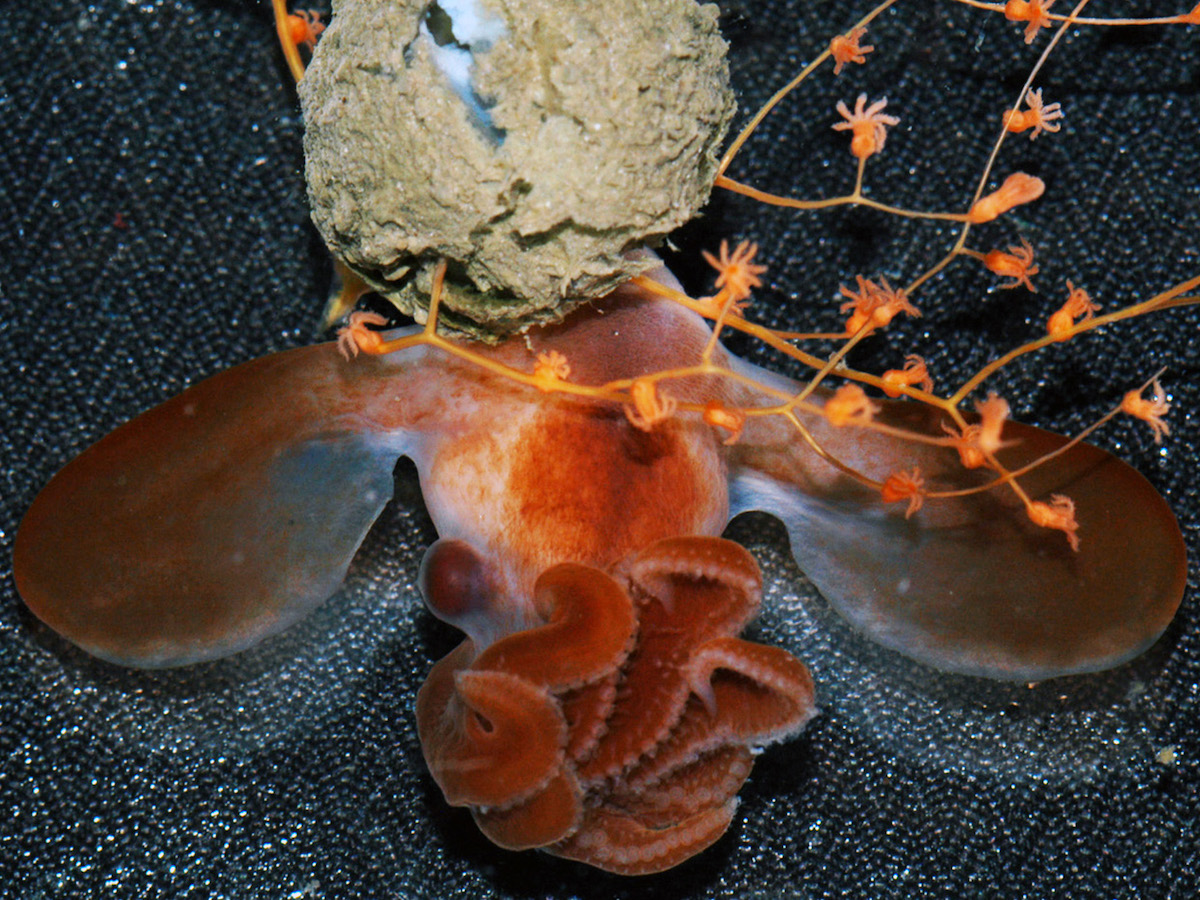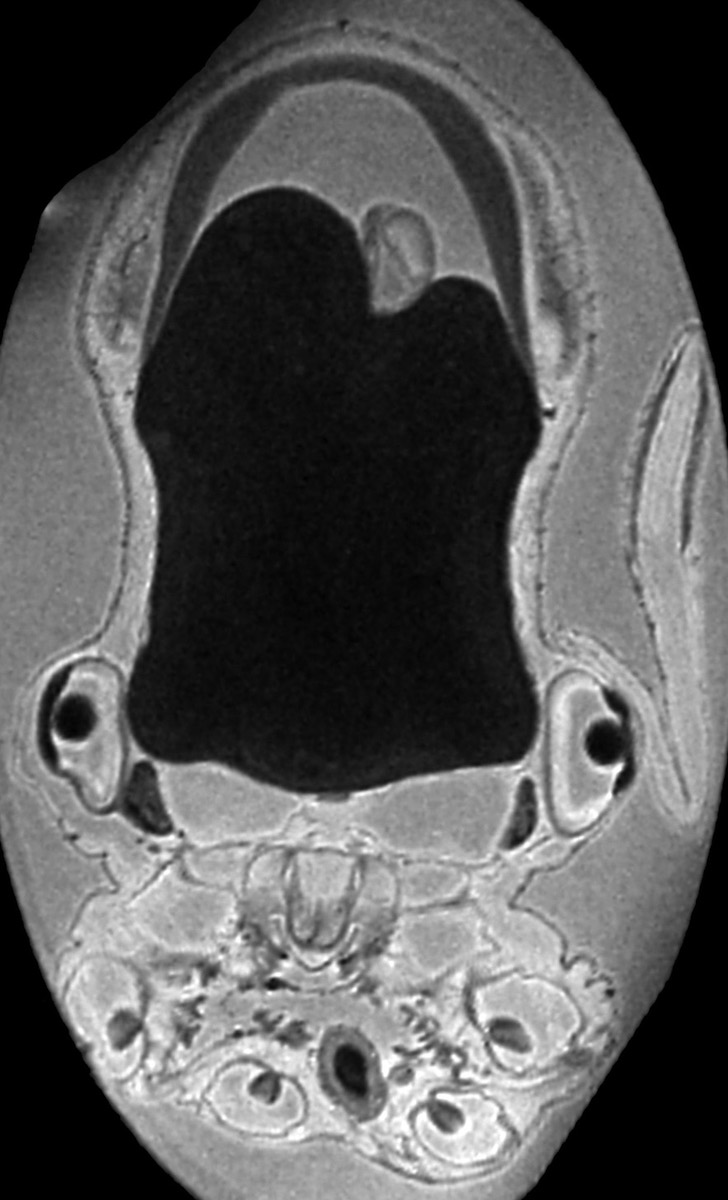1st Video of Dumbo Octopus Hatchling Is Adorbs
Scientists didn't know what kind of octopus egg they'd plucked from the bottom of the sea until the shell started to hatch — then, they saw the elephant ears.
The adorable cephalopod hatchling, which you can see in a new video taken by researchers on a National Oceanic and Atmospheric Administration (NOAA) expedition, is known as a Dumbo octopus (genus Grimpoteuthis). Named after Disney's flying elephant, Dumbo octopi are easily distinguished by the floppy, ear-like fins popping out of their heads, which they use to swim around the deep sea.
The video, which accompanies a new paper published today (Feb. 19) in the journal Current Biology, shows a freshly hatched Dumbo octopus swimming for the first time in a bucket of water aboard the NOAA research vessel. [8 Crazy Facts About Octopuses]
The wee hatchling's mantle — the bulbous shell above its tentacles, where most of its internal organs are located — measured just 0.5 inches (13 millimeters), the researchers wrote. But besides being teensy, the hatchling's anatomy appeared to be fully formed right out of the egg.
Subsequent magnetic resonance imaging (MRI) scans and a three-dimensional reconstruction of the baby octopus revealed that it was born with everything it needed to immediately swim with its fins, sense its environment and capture prey (which Dumbo octopi swallow whole). It was even born with a large internal yolk sac, researchers said, which contained enough nutrients to keep the hatchling alive for several days while it learned to catch its first meal.
"The virtual exploration and 3D reconstruction of the internal anatomy of this deep-sea creature was particularly revealing," study author Alexander Ziegler, a researcher at Rheinische Friedrich-Wilhelms-Universität Bonn in Germany, said in a statement. "I was impressed by the complexity of the central nervous system and the relative size of fins and the internal shell."
Researchers used a remotely operated vehicle (ROV) to collect the hatchling's egg from a coral reef in the mid-Atlantic, about 1.2 miles (2,000 meters) below the ocean's surface. Dumbo octopods are typically found living just above the seafloor at depths of 1.8 miles to 2.5 miles (3,000 to 4,000 m) below the sea surface, though some have been seen as deep as 4.3 miles (7,000 m), according to the Aquarium of the Pacific.
Get the world’s most fascinating discoveries delivered straight to your inbox.
Video evidence of mature Dumbo octopi reveals that they're also pretty slick dancers.
Originally published on Live Science.

Brandon is the space / physics editor at Live Science. With more than 20 years of editorial experience, his writing has appeared in The Washington Post, Reader's Digest, CBS.com, the Richard Dawkins Foundation website and other outlets. He holds a bachelor's degree in creative writing from the University of Arizona, with minors in journalism and media arts. His interests include black holes, asteroids and comets, and the search for extraterrestrial life.




